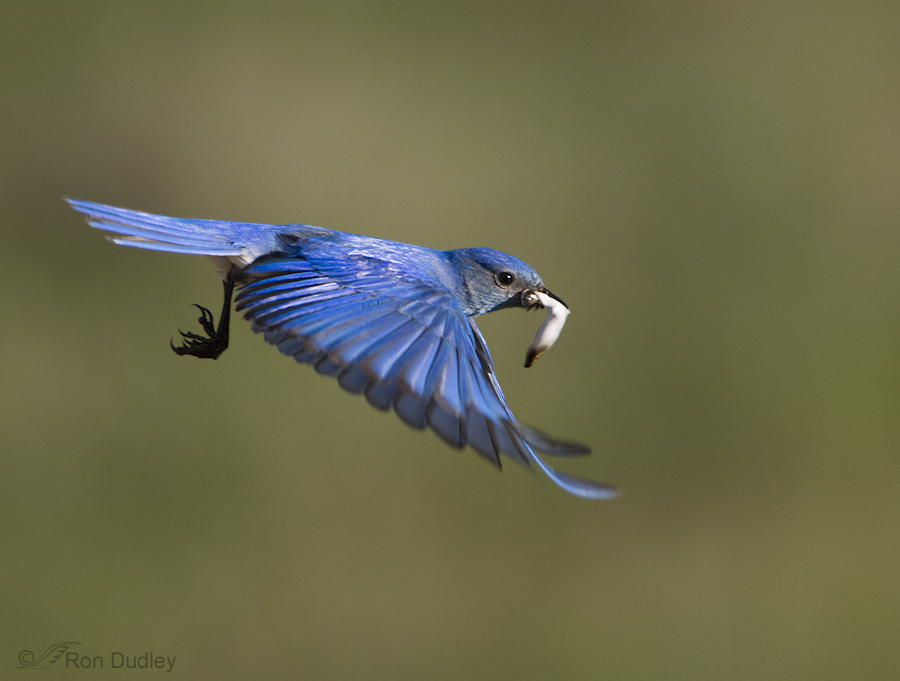I’ve spent a lot of time over the years watching and photographing the behaviors of Western Grebes and I’ve been impressed by both their aggressive tendencies toward other birds and by their incredible acceleration and speed in “running” across the water at those same birds. In my experience that aggression is most often directed toward other grebes in defense of mates, chicks or feeding areas but they are also aggressive toward a variety of other species and are suspected of stabbing them with their bill from under water. BNA reports Mallards and Red-necked Grebes found dead from stab wounds to the abdomen that were probably administered by Western Grebes. I’ve found photographing them as they dash across the water to be very challenging because of their speed and the unpredictable nature of the behavior – it usually comes with little or no warning and direction is difficult to anticipate. 1/1250, f/6.3, ISO 640, 500 f/4 Though these birds appear slim while sitting on the water, in reality they are fairly chunky and at the end of one of these “runs” their wide body throws up quite a wide wake as they begin to slow down and settle back into the water – much like a speedboat after the engine has been cut. 1/1000, f/6.3, ISO 500, 500 f/4, 1.4 tc This grebe is early in the acceleration stage with its “bow” still raised high. 1/1000, f/6.3, ISO 500, 500 f/4, 1.4 tc And then another wake as it begins to settle into the water. 1/1600, f/6.3, ISO 500,…
Continue reading


